The Bill of Rights was drafted by James Madison. They are the first 10 amendments to the United States Constitution. The Bill of Rights was passed by Congress on September 25, 1789 and ratified in 1791.
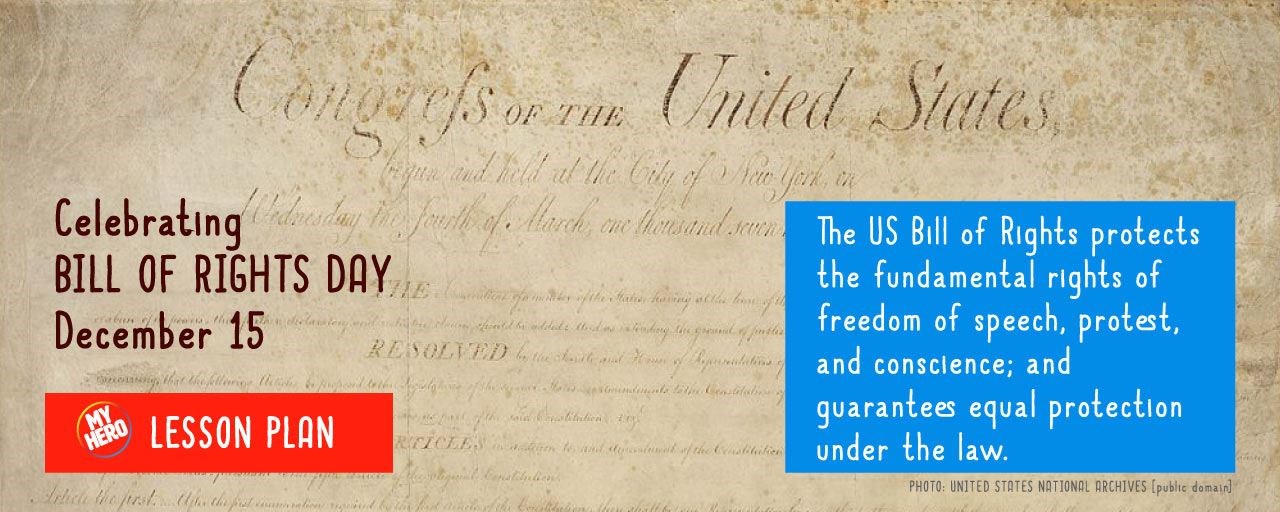
History of Bill of Rights Day
"A bill of rights is what the people are entitled to against every government on earth, general or particular, and what no just government should refuse, or rest on inference."
- Thomas Jefferson
President Franklin D. Roosevelt designated December 15 Bill of Rights Day by presidential proclamation in 1941.
The Bill of Rights are summarized below:
1. Freedom of religion, speech, the press, assembly, and petition the government to redress grievances.
2. The right to keep and bear arms.
3. No quartering of soldiers in time of peace without owner's consent, and in war as prescribed by law.
4. Freedom from unreasonable searches and seizures.
5. Restricts government's prosecution of persons, no double jeopardy, freedom from self-incrimination, right to due process of law.
6. The right to a speedy, public trial with right to counsel.
7. The right in civil cases of trial by jury.
8. No excessive bail or fines, or cruel and unusual punishment.
9. Rights enumerated do not deny or disparage other rights retained by the People.
10. Powers not delegated to the US are reserved to the states or the people.
Students read the following stories that demonstrate the Bill of Rights in action before considering the discussion questions and activities.
Freedom of Religion / Free Exercise of Religion
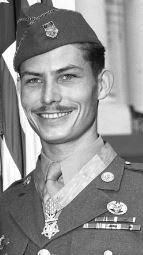
Desmond T. Doss, a Seventh Day Adventist, practiced non-violence while saving many lives during WWII as a military medic.
Freedom of Speech

Heather Heyer was a young civil rights activist who was killed by a white supremacist at a white supremacist rally. She was an everyday hero: a normal person who did what she could to educate others by her own example.
Freedom of the Press

Daniel Ellsberg is a whistle blower and truth teller responsible for publishing the Pentagon Papers. This story is in text with audio. Great for ESL/EFL Students.
Freedom of Assembly
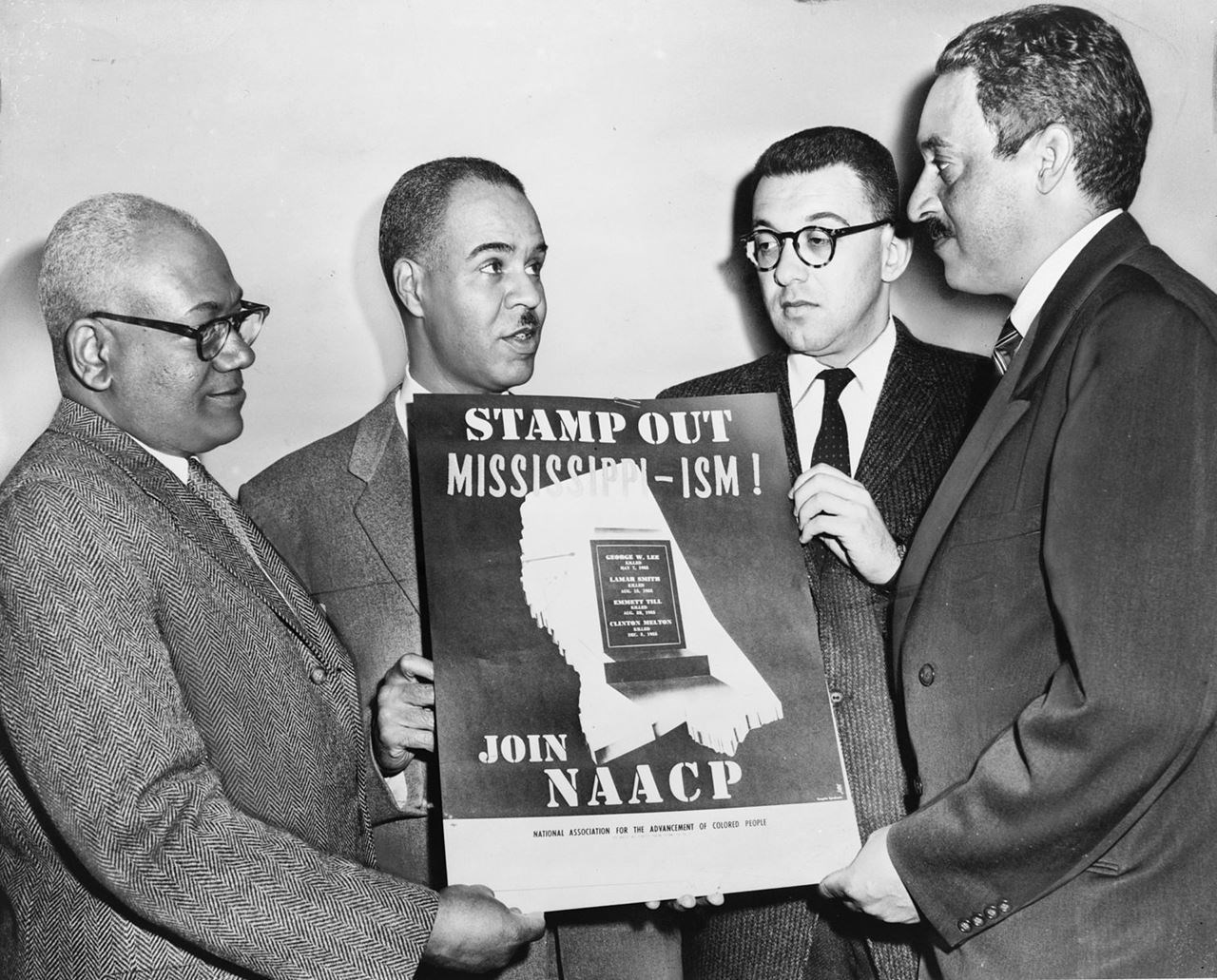
The National Association for the Advancement of Colored People (NAACP) was formed in 1909 by whites and blacks to fight for black civil rights.
Freedom to Petition the Government to Redress Grievances
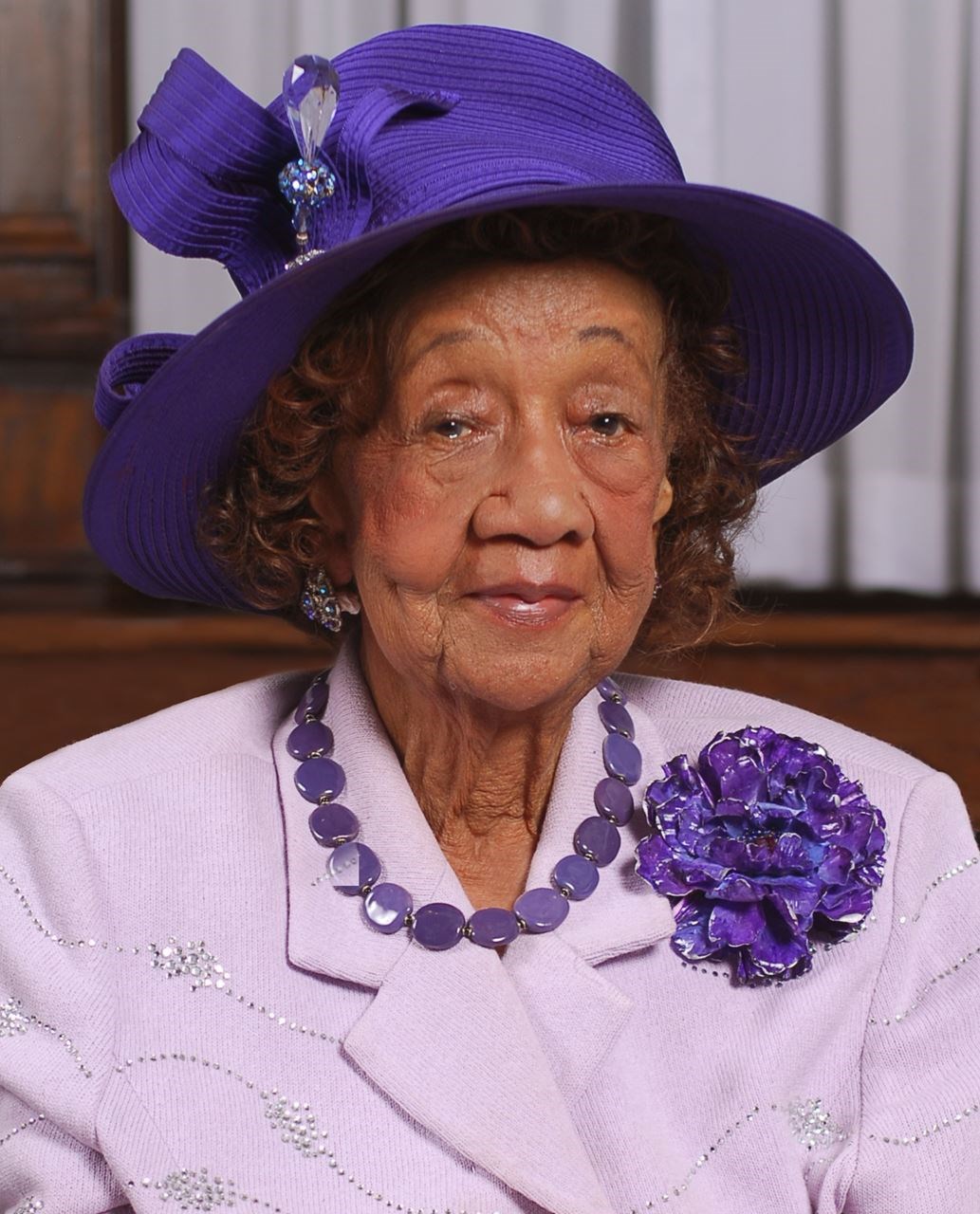
"We African American Women seldom do just what we want to do, but always what we have to do. I am grateful to have been in a time and place where I could be a part of what was needed."- Dorothy Height
1. Discuss how each of these stories demonstrates the Bill of Rights.
2. Research current events that are linked to the Bill of Rights.
3. Choose an issue related to the Bill of Rights and someone working to protect these rights. Share his or her story with MY HERO.
Learn About the Authors of the US Bill of Rights Through Hero Stories
Students read the following stories to learn about some of the Bill of Rights authors and consider the research activity.
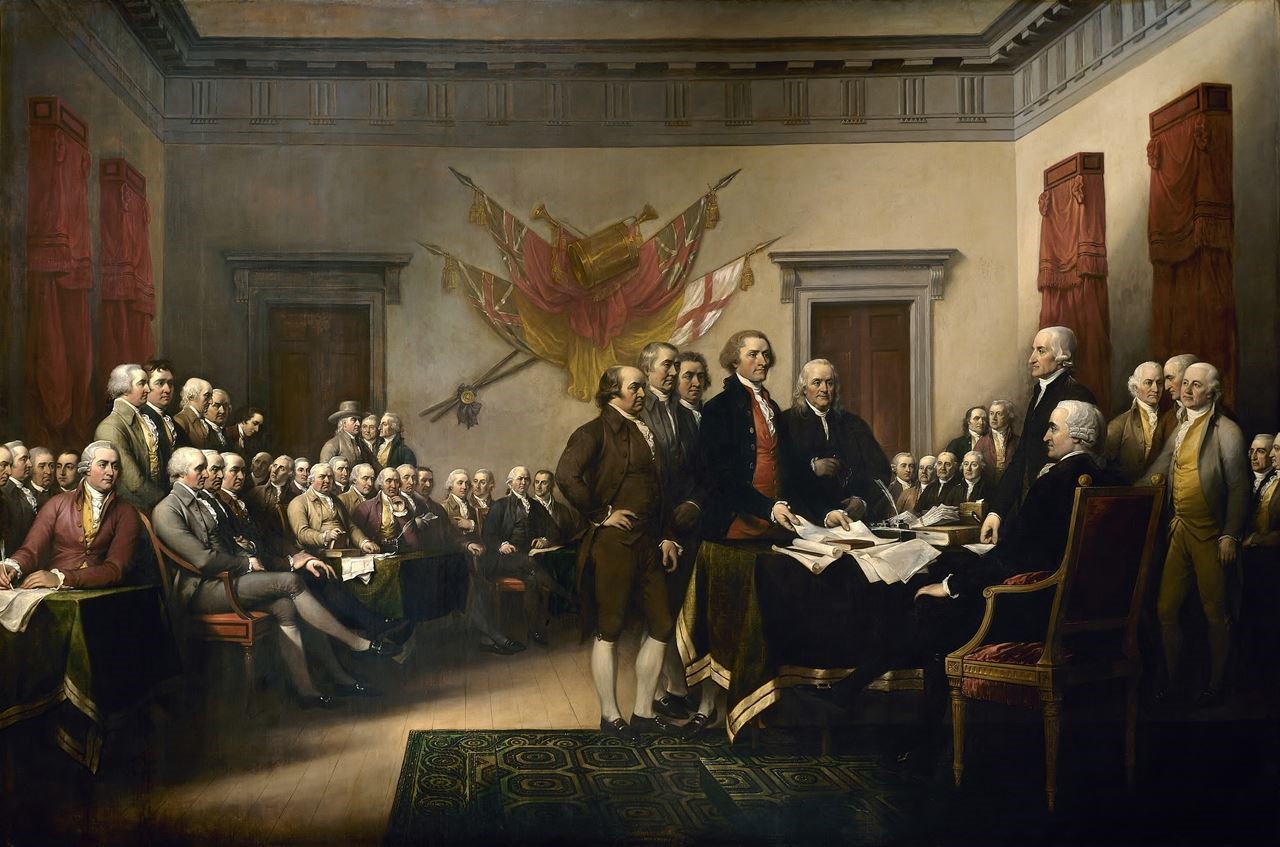
"With the knowledge of these bright leaders, the founding of the Americas brought numerous changes to the world itself."

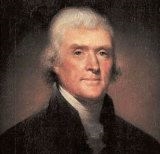

Research the Founding Fathers who drafted the Constitution of the United States and the Bill of Rights. Choose one you admire and share his story with MY HERO.
Related Links to Learn More about the Bill of Rights
Two Civics Education Resources from Annenberg Classroom
Students Learn More About the History of the Bill of Rights by Watching this Documentary Film (16:20 minutes running time)
A challenging, fun card game that helps students learn about their rights under the Bill of Rights, the first 10 amendments to the Constitution.
iCivics - Play a Game to Learn about the Bill of Rights
Justice Sandra Day O’Connor, who has served over 25 years on the Supreme Court, founded iCivics in 2009 to restore civic education in US schools believing civic education increases civic participation.
Through iCivic's interactive games, students can play the role of a judge, a member of Congress, a community activist or the President of the United States, and learn about their job.
|
|
The Bill of Rights lesson plan was created by MY HERO Education Outreach Director Laura Nietzer. |
Related Links for Additional Information about the Bill of Rights and other founding documents
Learn about the Declaration of Independence, the Constitution and the Bill of Rights on the United States National Archives website.

MY HERO Calendars for use in the Classroom
Students can share their Hero Essays, Films and Art through our Create Program
How to use MY HERO's Create Program to Publish Stories, Art, Film and Audio for Students
Tutorial for students: Publish written stories, film, original artwork and audio in MY HERO's multimedia library.

Outstanding essays submitted to MY HERO will be considered for a certificate/t-shirt prize or be featured on the Story Homepage.
Submit your artwork to be entered in the MY HERO art contest or to be exhibited on our Gallery Homepage.
Students can submit their films for free with a waiver to the MY HERO International Film Festival.
Organizer created on 10/28/2019 3:43:32 PM by Laura Nietzer
Last edited 6/28/2023 11:36:05 AM by Laura Nietzer